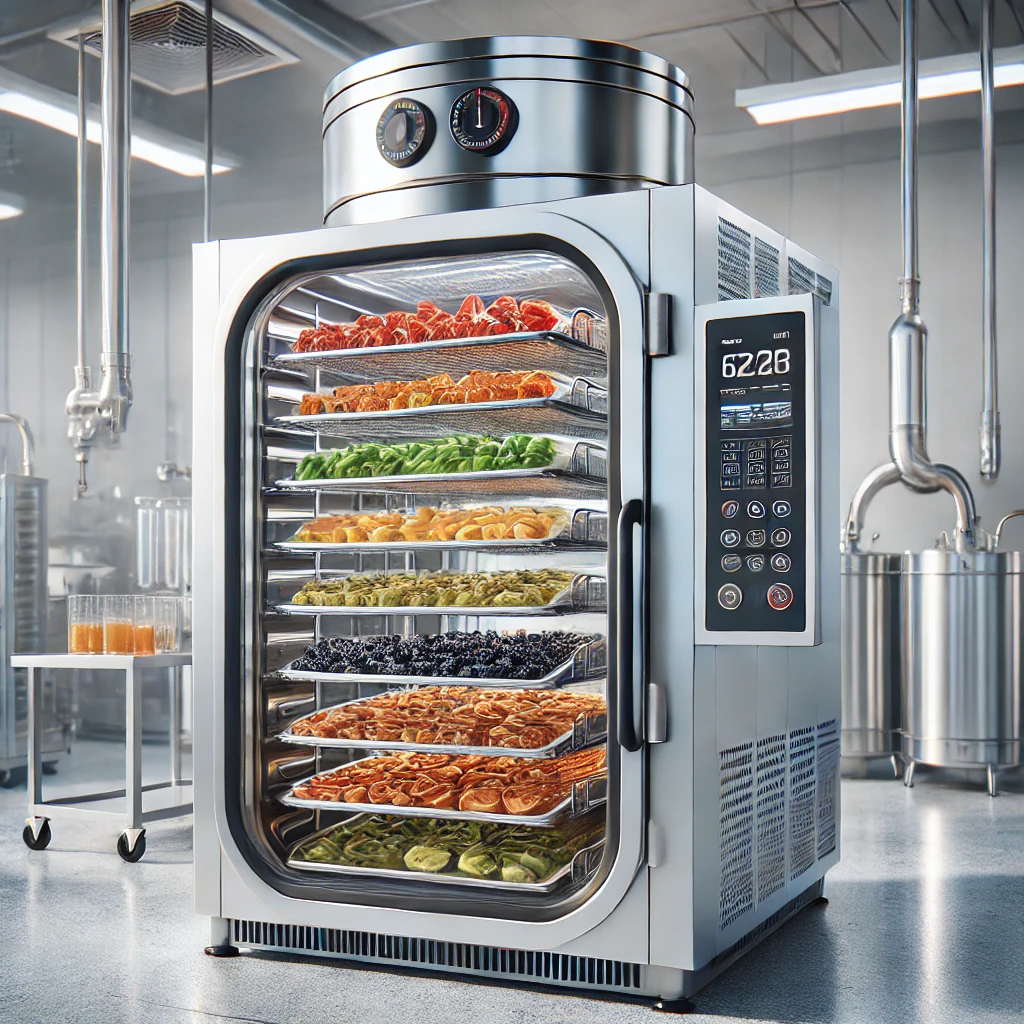Pioneers of Freeze-Drying Food: Revolutionizing Food Preservation, Freeze-drying, also known as lyophilization, has transformed food preservation by extending shelf life while retaining flavor and nutritional value. This advanced dehydration technique removes moisture through sublimation, making food lightweight and easy to store. But who pioneered this revolutionary process? Let’s explore the key figures and breakthroughs that made freeze-drying a cornerstone of the modern food industry.
Early Developments in Freeze-Drying
The concept of freeze-drying dates back centuries, with indigenous people in the Andes using rudimentary methods to preserve potatoes (chuño). However, the modern process began taking shape during the early 20th century. Scientists and researchers played a crucial role in refining freeze-drying into the technology we know today.
Jacques-Arsène d’Arsonval and Early Scientific Research
In the late 19th century, French scientist Jacques-Arsène d’Arsonval pioneered vacuum drying methods. His research laid the foundation for future advancements in lyophilization, influencing industrial and pharmaceutical applications.
Dr. Earl W. Flosdorf and World War II Contributions
One of the most significant contributions to freeze-drying came during World War II, when Dr. Earl W. Flosdorf developed methods to preserve blood plasma for medical use. This innovation saved countless lives and proved that freeze-drying was a viable technique for preserving perishable materials.
Commercialization and Expansion into Food Preservation
Following its success in medical applications, freeze-drying expanded into the food industry. NASA played a pivotal role in adopting the technology for space missions, ensuring astronauts had lightweight and nutritious meals.
Nestlé and Instant Coffee Innovation
In the 1960s, Nestlé perfected freeze-drying techniques to produce instant coffee, revolutionizing the beverage industry. This breakthrough demonstrated the commercial viability of freeze-dried products and sparked widespread adoption in food processing.
Modern Applications and Technological Advancements
Today, freeze-drying is used in preserving fruits, vegetables, meats, and ready-to-eat meals. The pharmaceutical industry also relies heavily on lyophilization for drug stability and vaccine storage, further advancing research in vacuum chamber lyophilization (read more).
The Future of Freeze-Drying
Recent improvements in lyophilization services (explore new developments) are enhancing efficiency and sustainability. Advances in temperature control in freeze-drying processes (learn more) and vacuum performance verification (comprehensive guide) are ensuring optimal preservation.
Additionally, industries are focusing on lyophilizer qualification guidelines (guidelines here) to meet regulatory standards for pharmaceutical and food applications.
Conclusion
The pioneers of freeze-drying food, from early scientists to modern innovators, have revolutionized food preservation. With ongoing advancements in lyophilization, the technology continues to evolve, ensuring improved quality and efficiency for the future. Whether in space travel, pharmaceuticals, or everyday food storage, freeze-drying remains a vital technique for preserving essential products.
